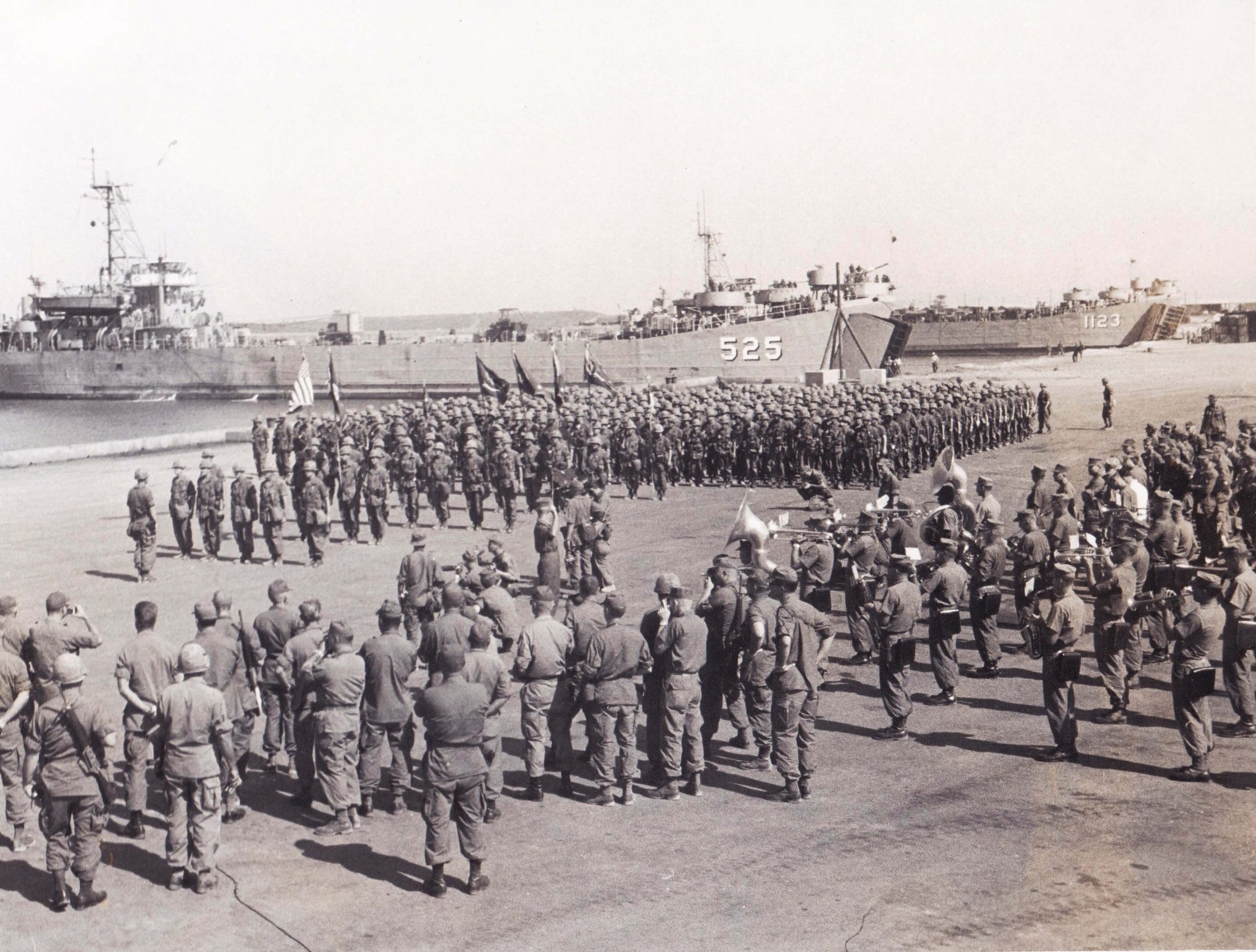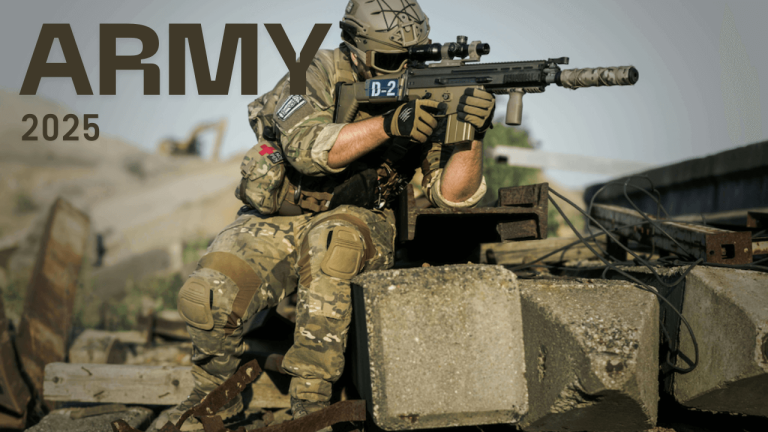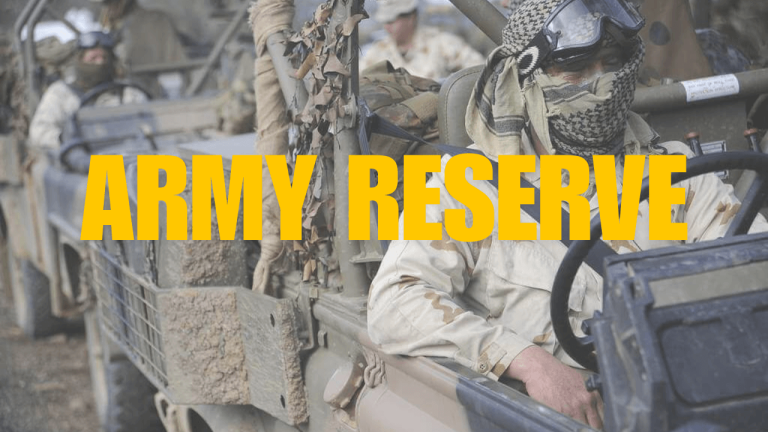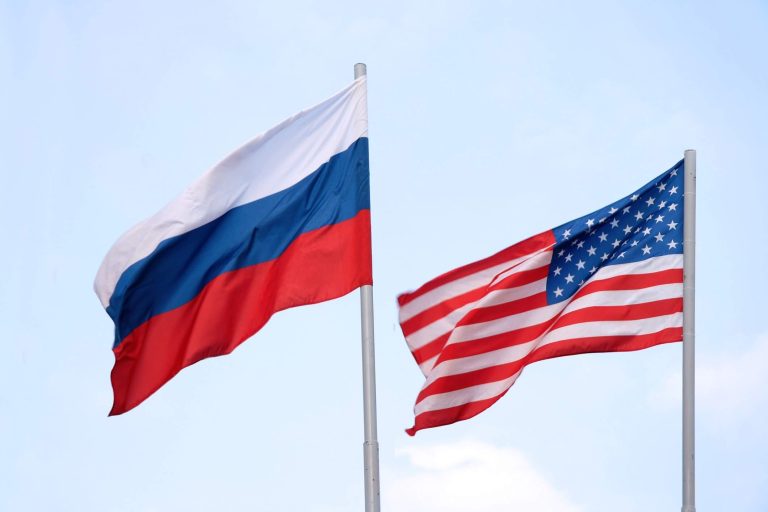When we look back 100 years to 1925, the world was far from peaceful—but many events from that year shaped military history in important ways. Here’s a look at some of the most notable developments involving armies and armed forces around the world.
1. Douglas MacArthur’s Promotion (USA)
On January 17, 1925, Douglas MacArthur, a rising star in the U.S. Army, was promoted to the rank of Major General, becoming the youngest person ever to reach that rank at the time WW2DB. This marked a key milestone in his military career, one that would later see him become a prominent general in World War II and the Korean War.
2. Establishment of the Royal Air Force’s Air Defence of Great Britain (UK)
On January 1, 1925, the British Royal Air Force formed a new unit called Air Defences of Great Britain (later known simply as Air Defence of Great Britain) RAF Museum. This command brought together fighter and bomber units under one structure, signaling an early move towards modern air defense—long before the threat of air raids in World War II became clear.
3. Britain Tests Mechanized Warfare
In September 1925, the British Army conducted its largest field exercise since before World War I. Led by General Philip Chetwode, the exercise tested new ideas about mechanized warfare—using tanks and motorized infantry. It was part of an early experiment in modern warfare tactics
4. Conflict in Jeddah, Hejaz (Saudi Arabia)
From February to December 1925, the Battle of Jeddah took place as part of the Saudi conquest of the Hejaz region. Abdulaziz Ibn Saud’s forces besieged Jeddah, defended by King Ali bin Hussein and his allies. Despite support from British-backed Iraq and Transjordan, Ali’s forces eventually surrendered. This battle led to the unification of the Kingdom of Hejaz and Nejd, laying the foundations of modern Saudi Arabia
5. The Hama Uprising (Syria)
Also in 1925, Syria witnessed the Hama uprising—a major revolt against the French Mandate. Led by local rebels like Hasan al-Kharrat and Nasib al-Bakri, the insurgents briefly took control of Damascus before being defeated by French forces with brutal reprisals. The uprising marked a significant chapter in anti-colonial resistance in the Middle East
6. Military Unrest in Shanghai (China)
In the spring of 1925, Shanghai was the site of major military unrest and riots. As factions vied for power in China, the situation escalated to the point where American troops were deployed to protect the International Settlement—territory controlled by foreign powers—underscoring the increasing instability in the region
Why These Events Matter
While each of these events happened in different parts of the globe, they collectively reveal important trends in global military history during that era:
- Leadership: Figures like MacArthur rose to prominence, setting the stage for leadership in future conflicts.
- Innovation: Nations like Britain were already experimenting with new forms of warfare—air defense and armored tactics—that would become central just over a decade later.
- Nation-building and conflict: The Battle of Jeddah epitomized regional power struggles transforming into modern nation-states.
- Anti-colonial resistance: The Hama uprising and Shanghai unrest were early signs of growing nationalist and anti-imperial movements in Asia and the Middle East.
- International military presence: U.S. involvement in Shanghai foreshadowed the growing global role of Western powers.







